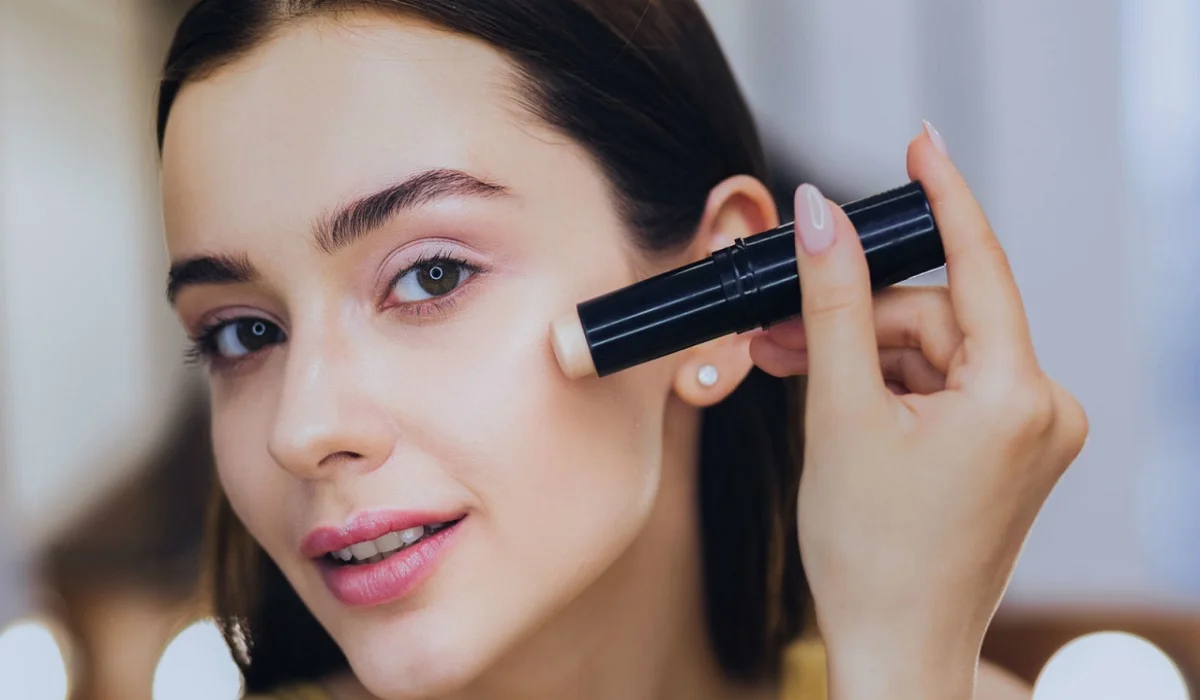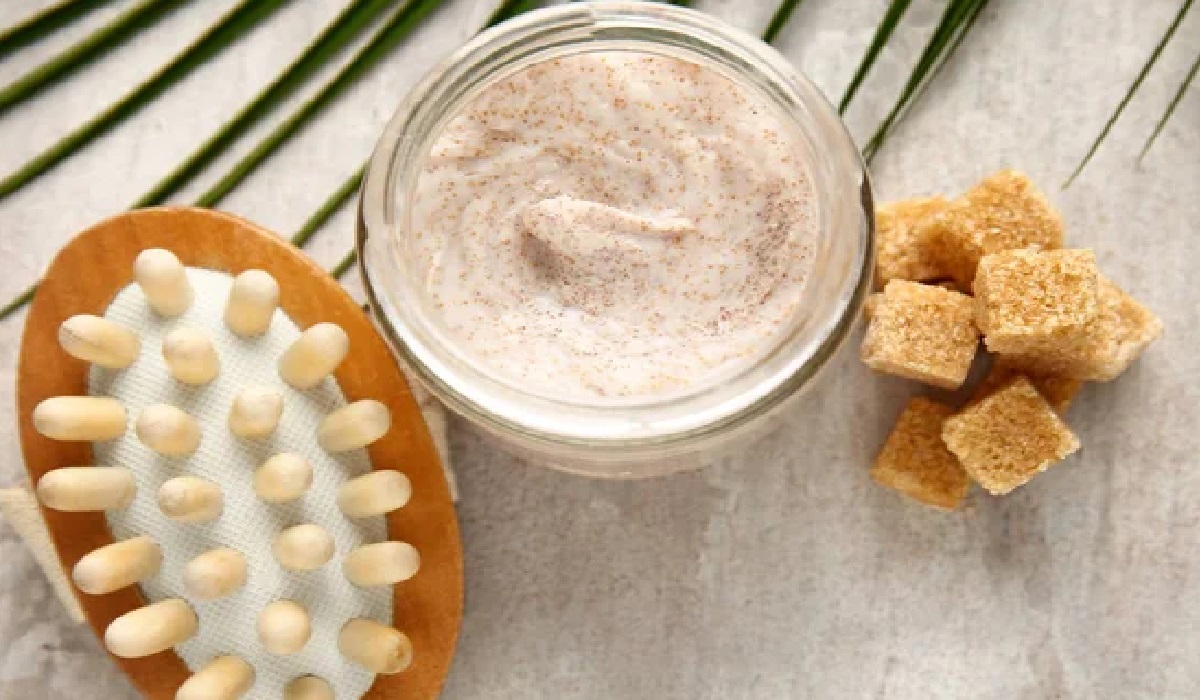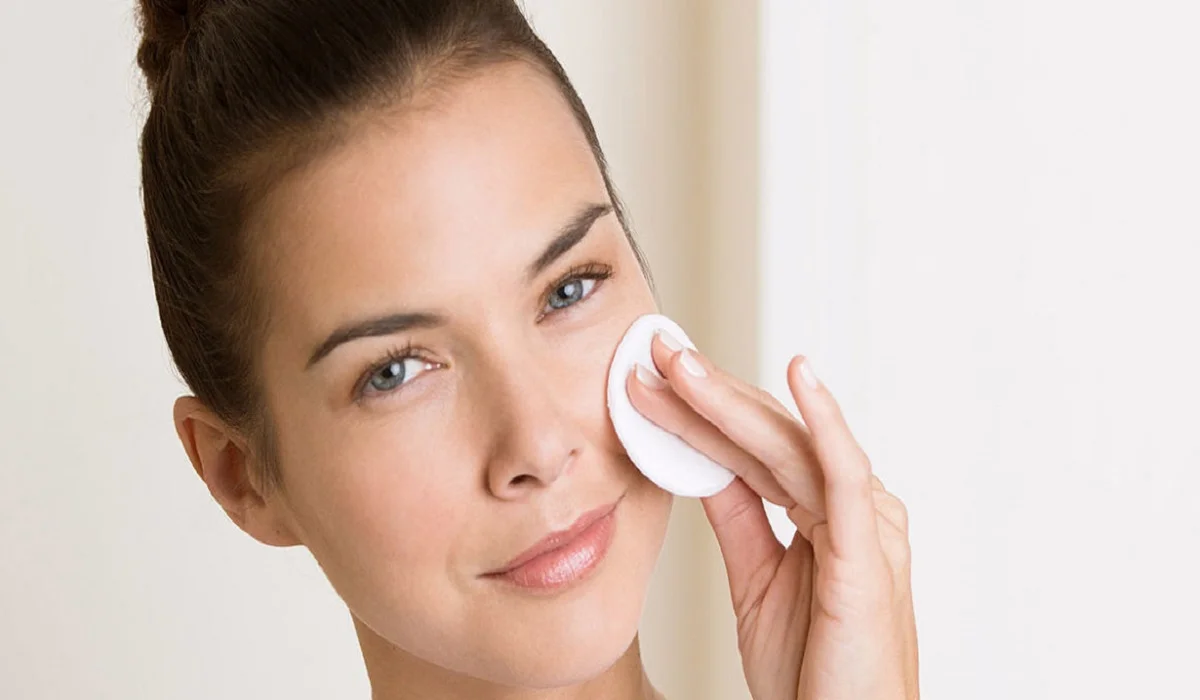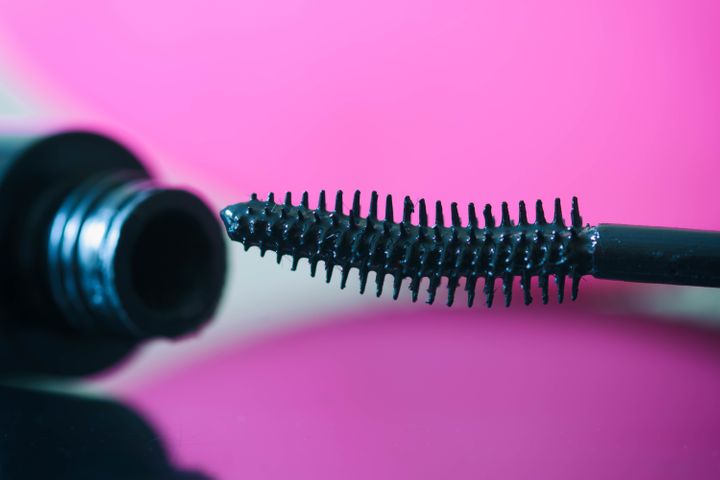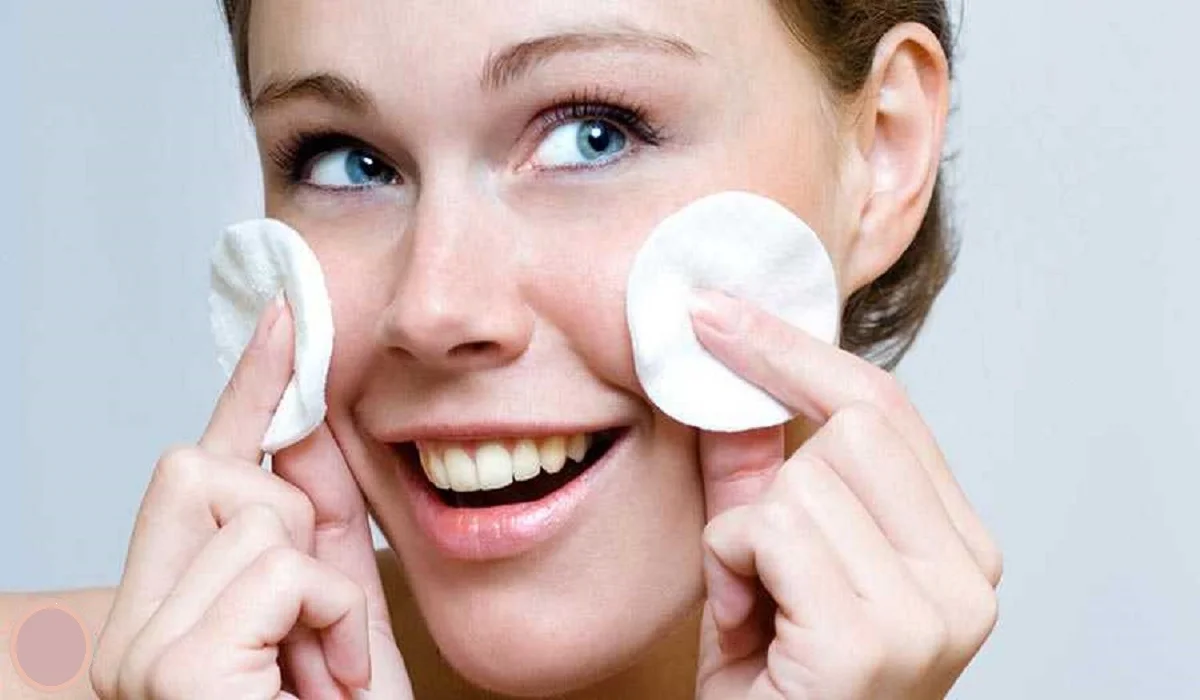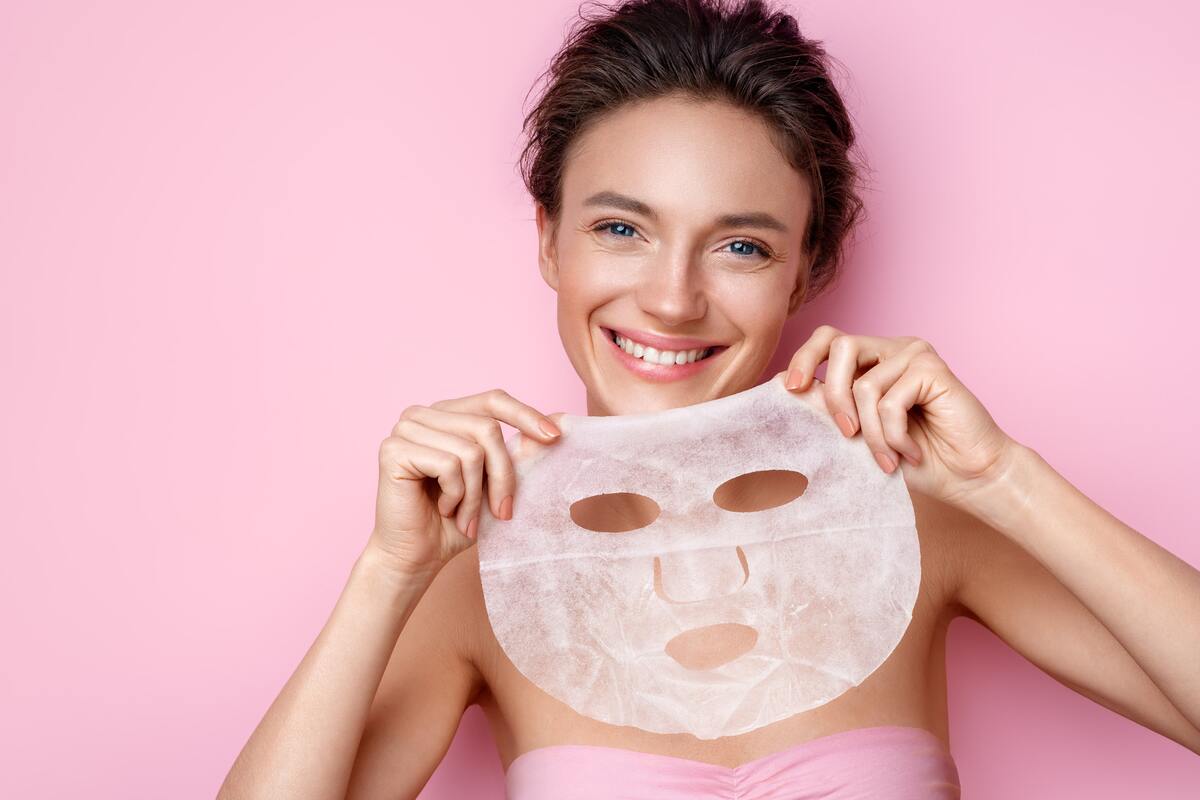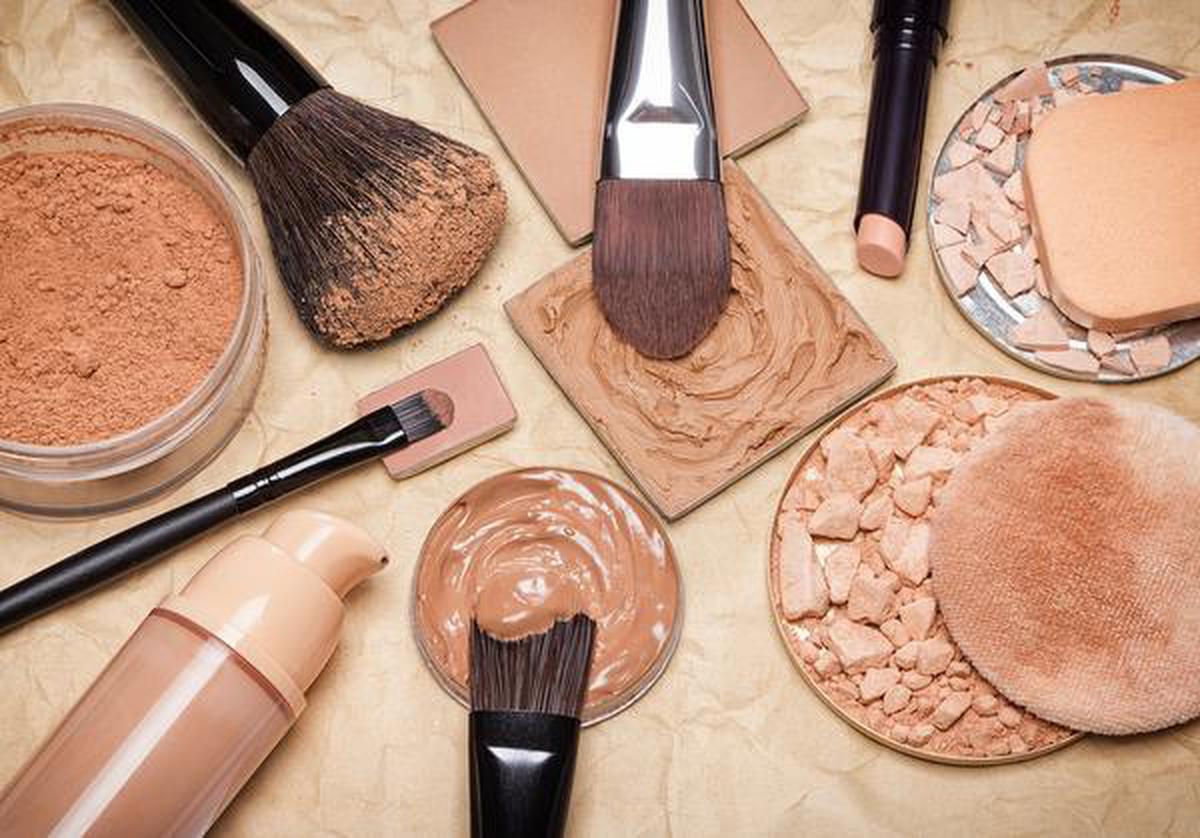Within the expansive realm of haircare solutions, Sea Salt Hairspray stands out as a cherished selection, rivaling the essential dry shampoo in popularity. Its acclaim is well-deserved; this miraculous concoction bestows upon your hair an enviable vitality and volume, solidifying its position as a staple in daily hairstyling routines. However, the magic of Sea Salt Hairspray extends beyond mere volume enhancement. This guide aims to enlighten you on its comprehensive benefits, optimal usage techniques, and the simplicity of crafting your personalized version at home.

Unraveling the Mystique of Sea Salt Hairspray
Esteemed among hairstyling aficionados and homegrown experts, Sea Salt Hairspray is celebrated for its ability to texture hair, closely replicating the effect saltwater has on our tresses. Contrary to what its name might suggest, it forgoes a potent fragrance, presenting itself as an inclusive solution for anyone eager to amplify their hair’s natural charm. Regardless of whether your hair is curly and seeks definition, or straight and yearns for added volume, this spray stands as your quintessential ally in sculpting the ideal hairstyle.
Maximizing the Efficacy of Sea Salt Hairspray
To achieve unparalleled results, initiate the process on clean, slightly moist hair. Prior to application, ensure your hair is devoid of tangles and remnants of other styling products, then proceed to evenly distribute the spray from the mid-lengths to the tips. Employing a subtle scrunch or twist will further define waves or curls. Embrace the essence of a naturally windswept, beachy appearance by allowing your hair to air dry, steering clear of towel drying to avert frizz and potential damage.
Sea Salt Spray’s Adaptability Across Hair Varieties
Sea Salt Hairspray exhibits no prejudice, offering a spectrum of advantages to all hair types:
- For lustrous, yet texture-deficient hair: It introduces effortless waves and texture.
- For voluminous, curly hair: It accentuates curls and minimizes frizz.
- For sleek, fine hair: It bestows volume and a carefree tousled aesthetic.
Crafting Your Own Sea Salt Hairspray: Formulas Catered to Specific Hair Needs
For Curly Hair: A concoction blending sea salt and heated water until dissolved, enriched with melted coconut oil and a hint of leave-in conditioner for a moisturizing effect.
For Dry Hair: A mix of sea salt and warm water, enhanced with Epsom salt and macadamia oil to hydrate while texturizing.
For Thin Hair: A solution of sea salt in warm water, amalgamated with avocado oil and a selection of essential oils for fragrance and additional moisture.
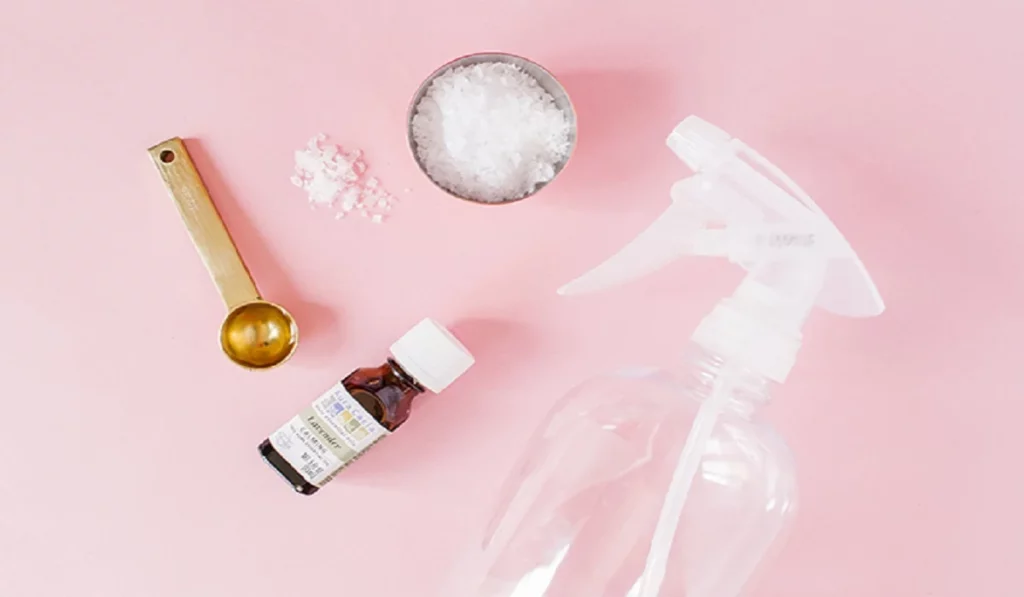
Poised for a Textural Revolution?
Armed with this knowledge and the tools for creation, you stand ready to leverage the transformative power of Sea Salt Hairspray. Whether you’re experimenting with crafting your blend or honing your application technique, the allure of voluminous, textured hair is now within your grasp. Which homemade recipe will you venture to explore first?:
- Application on colored hair: Sea salt spray is deemed safe for colored tresses, though opting for a moisture-rich formula is advisable to safeguard the color and vitality of your hair.
- Frequency of use: Although daily application is generally safe, it’s crucial to moderate use to prevent drying, particularly for hair prone to dryness or brittleness.
- Replacement for traditional hairspray: While sea salt spray provides texture and hold, it doesn’t mirror the firm hold of conventional hairspray, rendering it ideal for relaxed, beach-inspired styles rather than intricate hairstyles.
- Risk of overuse: Yes, excessive application can lead to dryness. Attuning to your hair’s needs and adjusting usage is recommended.
- Impact on hair growth: While no direct correlation to hair growth exists, sea salt spray can enhance scalp health by emulating the cleansing properties of seawater.
- Effectiveness across hair lengths: Indeed, sea salt spray is versatile, catering to short, medium, and long hair alike, offering texture and volume irrespective of length.
Sea Salt Hairspray transcends the ordinary, positioning itself as more than just a styling aid; it is a portal to achieving the coveted, effortless beachy waves. With its universal appeal across hair types and the feasibility of DIY variations, it becomes an indispensable component in the hair care repertoire of those in pursuit of a natural, textured look. Yield to the allure of sea salt and witness your hair flourish with unprecedented volume and dynamism.
Can I use sea salt spray on colored hair? Utilizing sea salt spray on color-treated hair is permissible, provided that the selected product is specifically designed to be gentle on such hair. It is advisable to opt for sea salt sprays that are fortified with UV shields, moisturizing oils, and antioxidants to safeguard the hair color’s brilliance and mitigate fading. To enhance color preservation, applying a leave-in conditioner prior to the sea salt spray is recommended. This strategy aids in maintaining the hair color while simultaneously imparting additional moisture to offset potential desiccation attributed to the salt.
How often should I use sea salt spray? The recommended frequency of sea salt spray application is contingent upon the individual’s hair type and condition. For the majority of hair types, a 2-3 times weekly application suffices to attain the sought-after texture without compromising hair hydration. Individuals with dry or fragile hair should consider limiting usage to once weekly, integrating deep conditioning treatments to their care regimen. It’s crucial to strike a balance, as while sea salt spray can enhance texture and volume, the overarching goal should be hair health maintenance.
Can sea salt spray replace my hairspray? Distinguishing between sea salt spray and hairspray is essential, as they fulfill distinct roles. Sea salt spray is crafted to impart texture and volume, facilitating an effortlessly tousled appearance, whereas hairspray’s primary function is to secure hairstyles. For a flexible, natural look, sea salt spray is the preferred choice. Conversely, for hairstyles necessitating robust hold, such as updos or sleek ponytails, hairspray is the optimal solution. Utilizing both products—sea salt spray for texture and a minimal application of hairspray for style fixation—is a viable approach.
Is it possible to overuse sea salt spray? Overutilization of sea salt spray can precipitate dryness, particularly in hair predisposed to moisture deficiency. To avert this, monitoring the hair’s condition and adjusting usage accordingly is vital. Regular employment of hydrating conditioners or hair masks is advantageous for moisture replenishment and hair health preservation.
Can sea salt spray promote hair growth? Although sea salt spray does not directly stimulate hair growth, it can foster a healthier scalp milieu, thereby supporting hair growth. The salt’s inherent cleansing and exfoliating properties aid in the elimination of dead skin cells and the unclogging of hair follicles. A healthy scalp lays the groundwork for robust hair growth. Nonetheless, for optimal hair growth, adherence to a balanced diet, meticulous hair care, and the avoidance of excessive heat and chemical treatments are paramount.
Does sea salt spray work on all hair lengths?
Sea salt spray is versatile, suitable for all hair lengths. Its impact varies across different lengths—short hair can achieve added volume and texture, medium hair can benefit from accentuated waves or curls, and long hair can attain the desirable beachy wave effect. The key lies in adjusting the product quantity based on hair length and desired outcome, with shorter hair necessitating less product to prevent heaviness, and longer hair requiring more for even texture distribution.
By grasping these intricate details surrounding the use of Sea Salt Hairspray, one can optimize its advantages while ensuring the hair remains healthy and lustrous.

